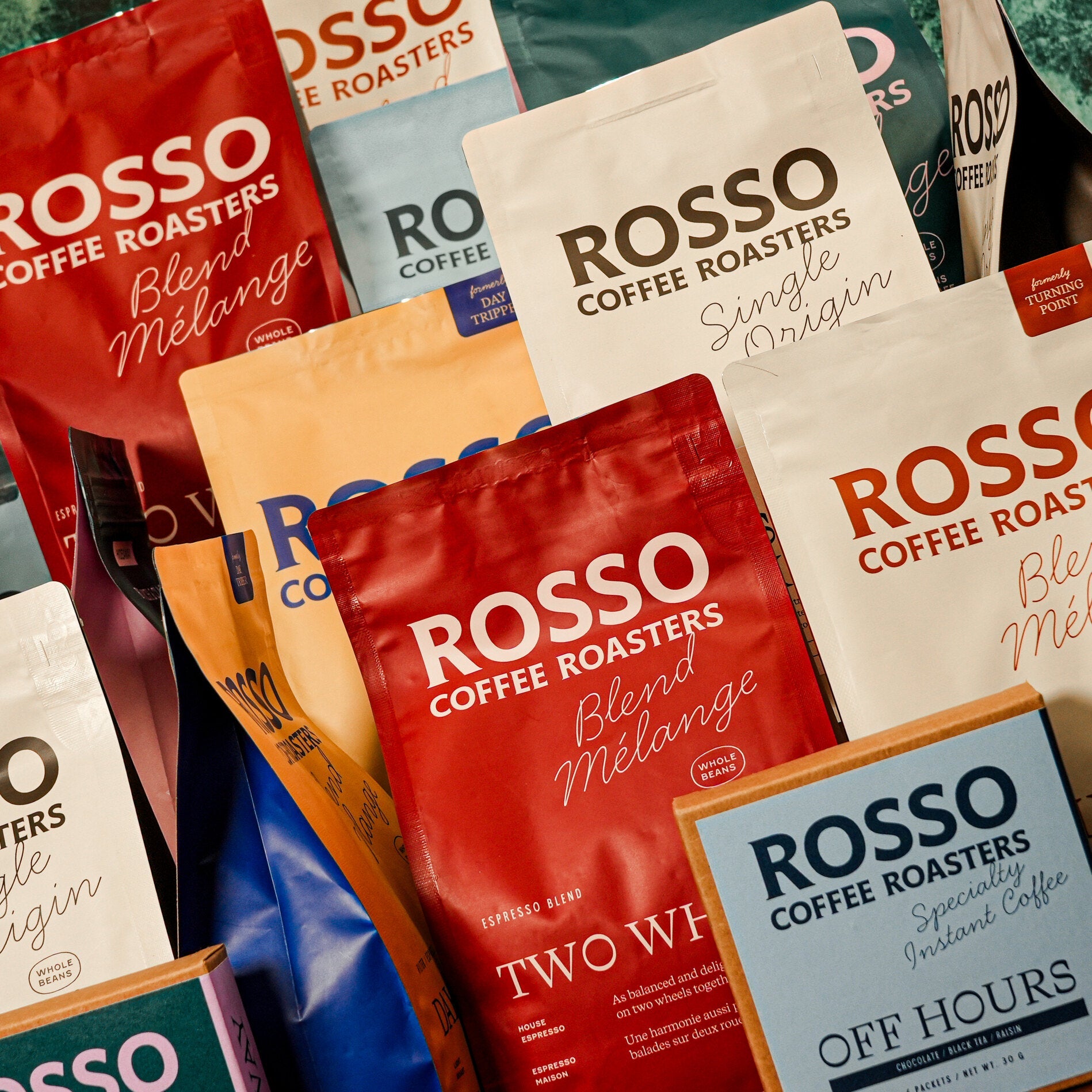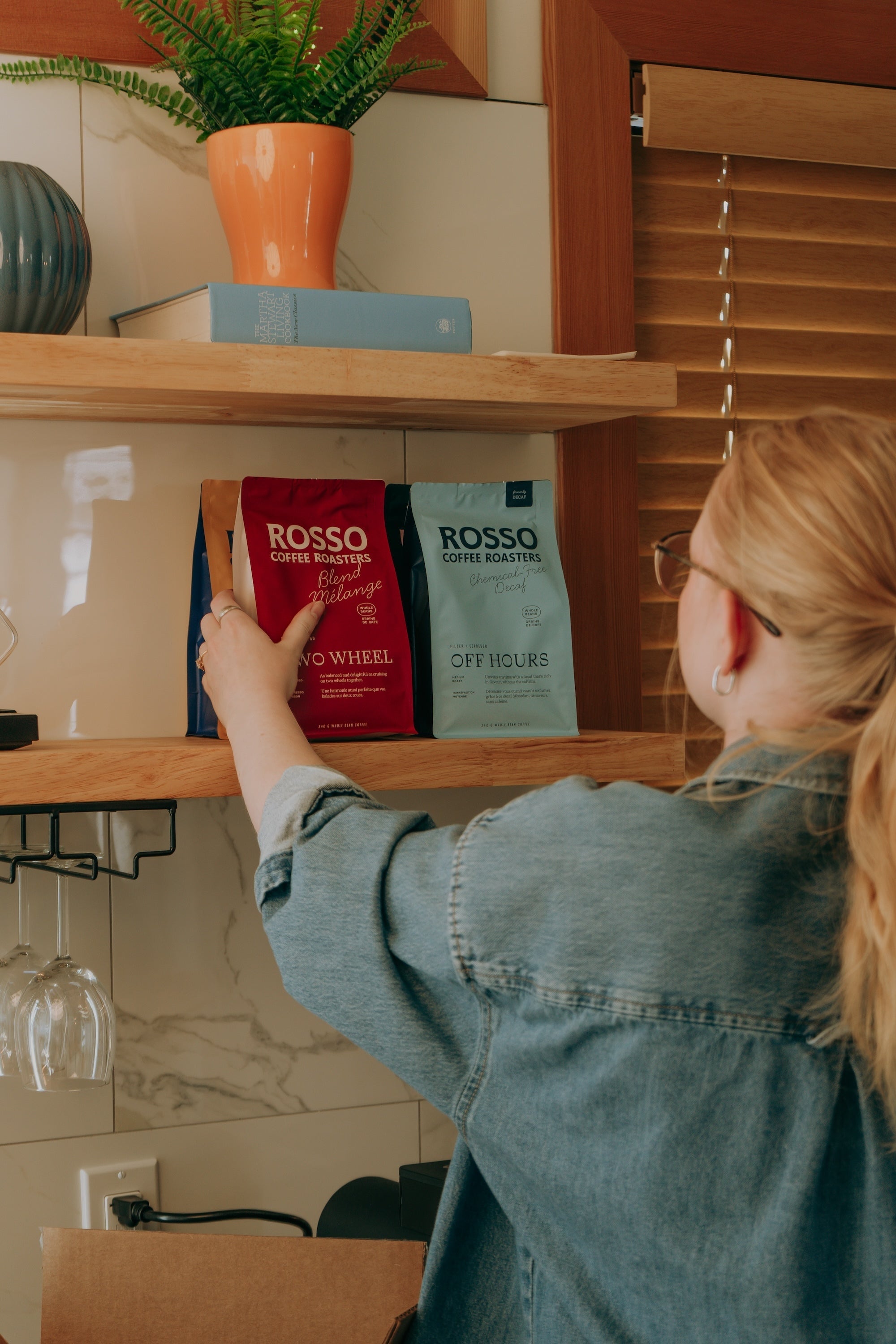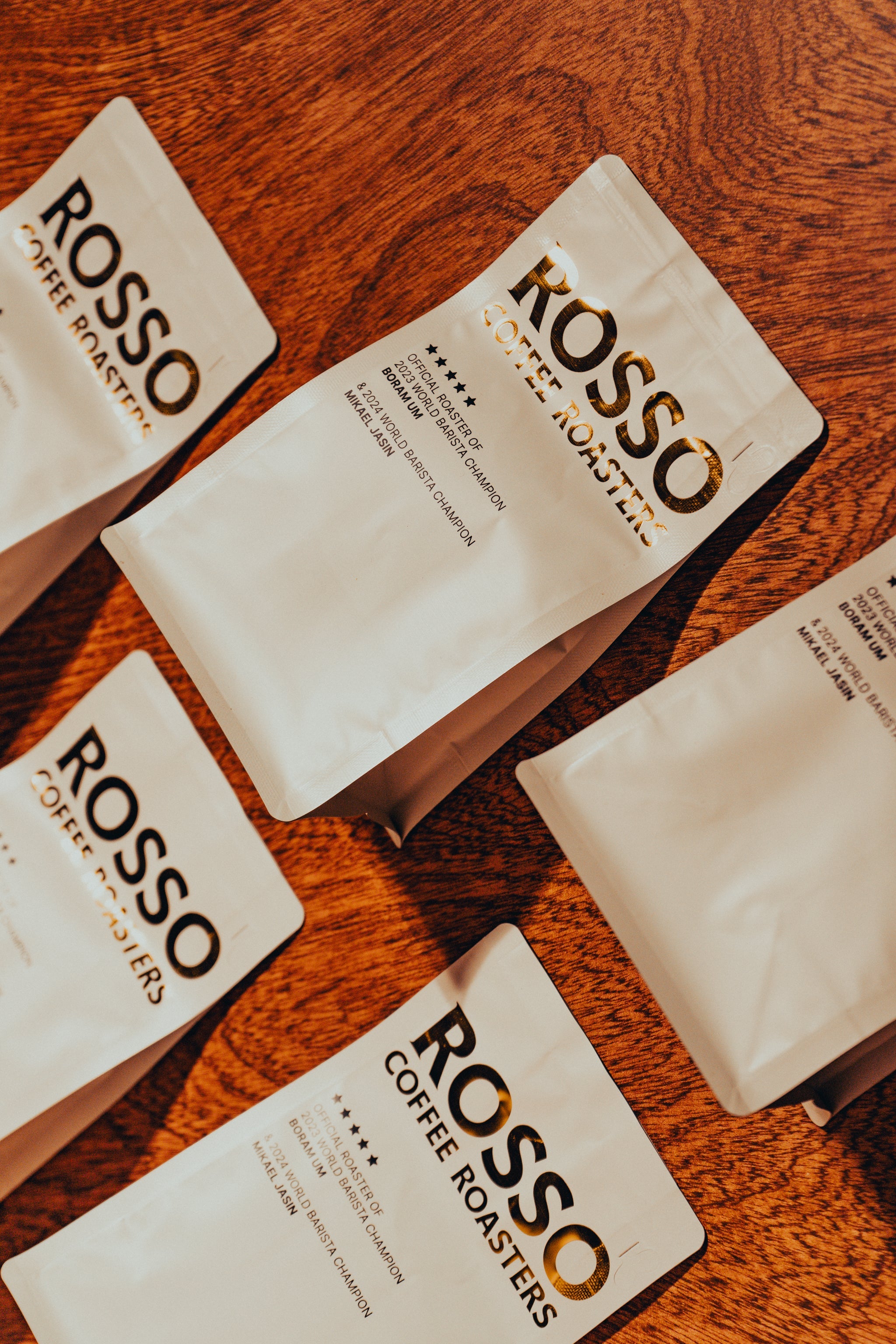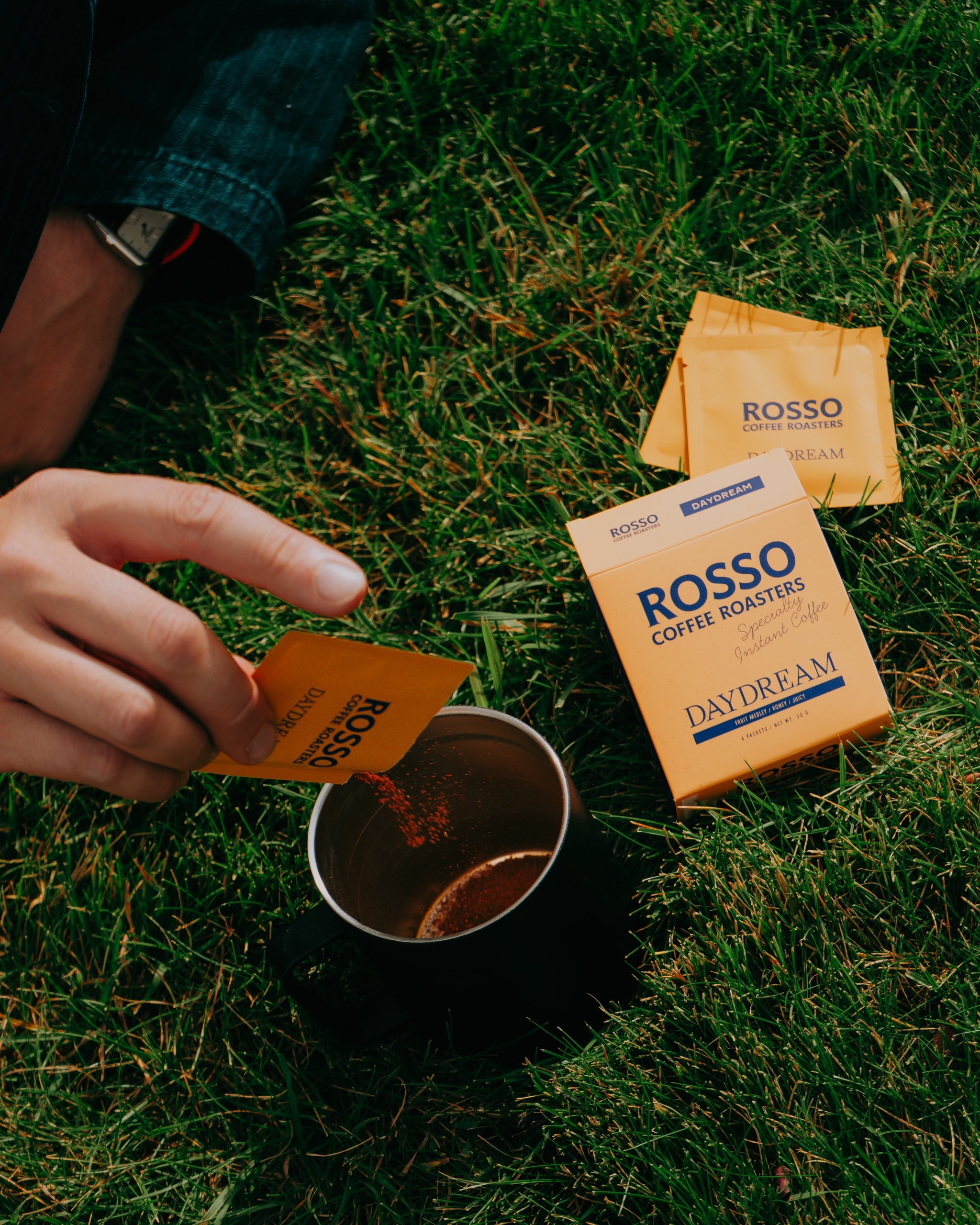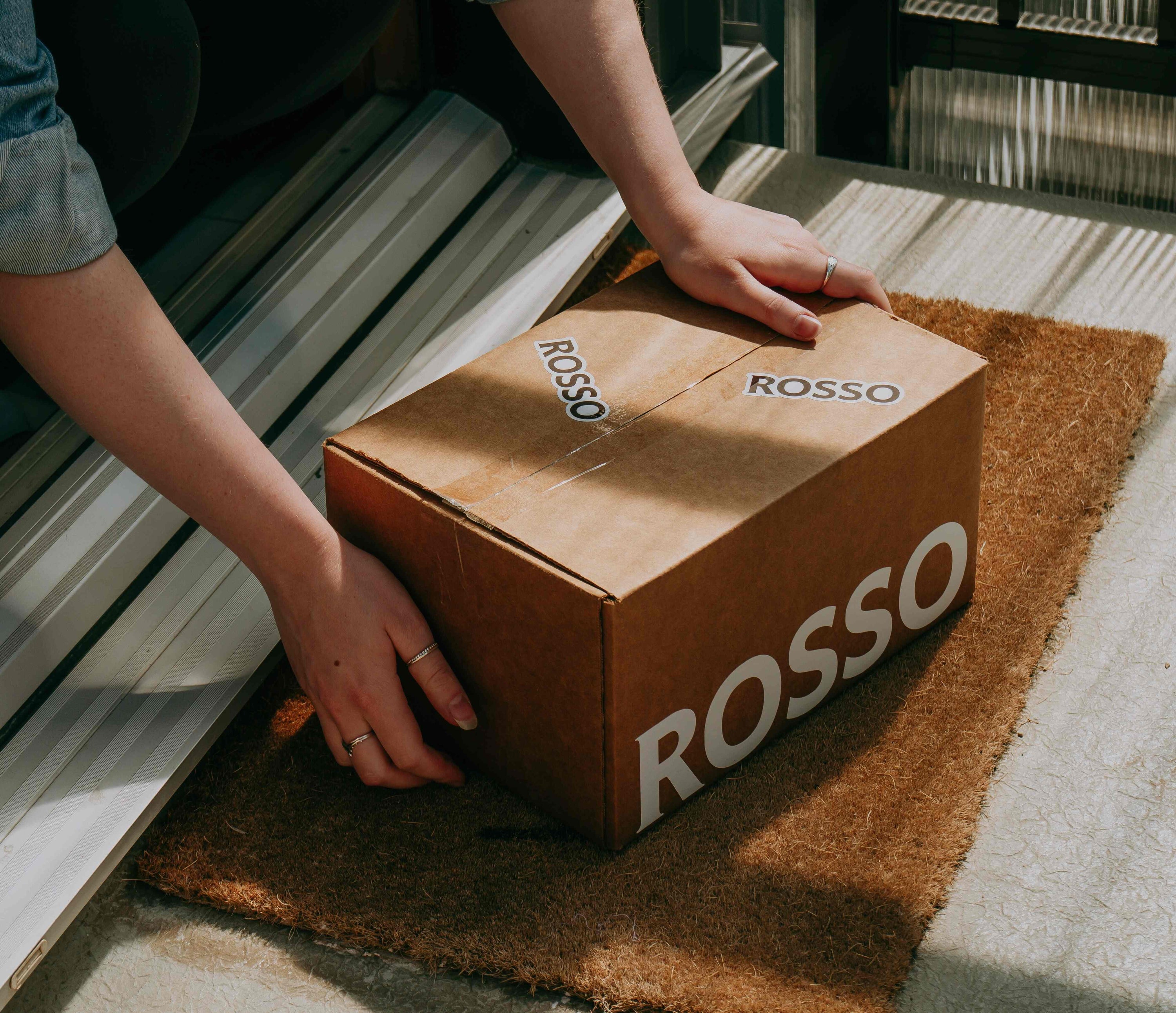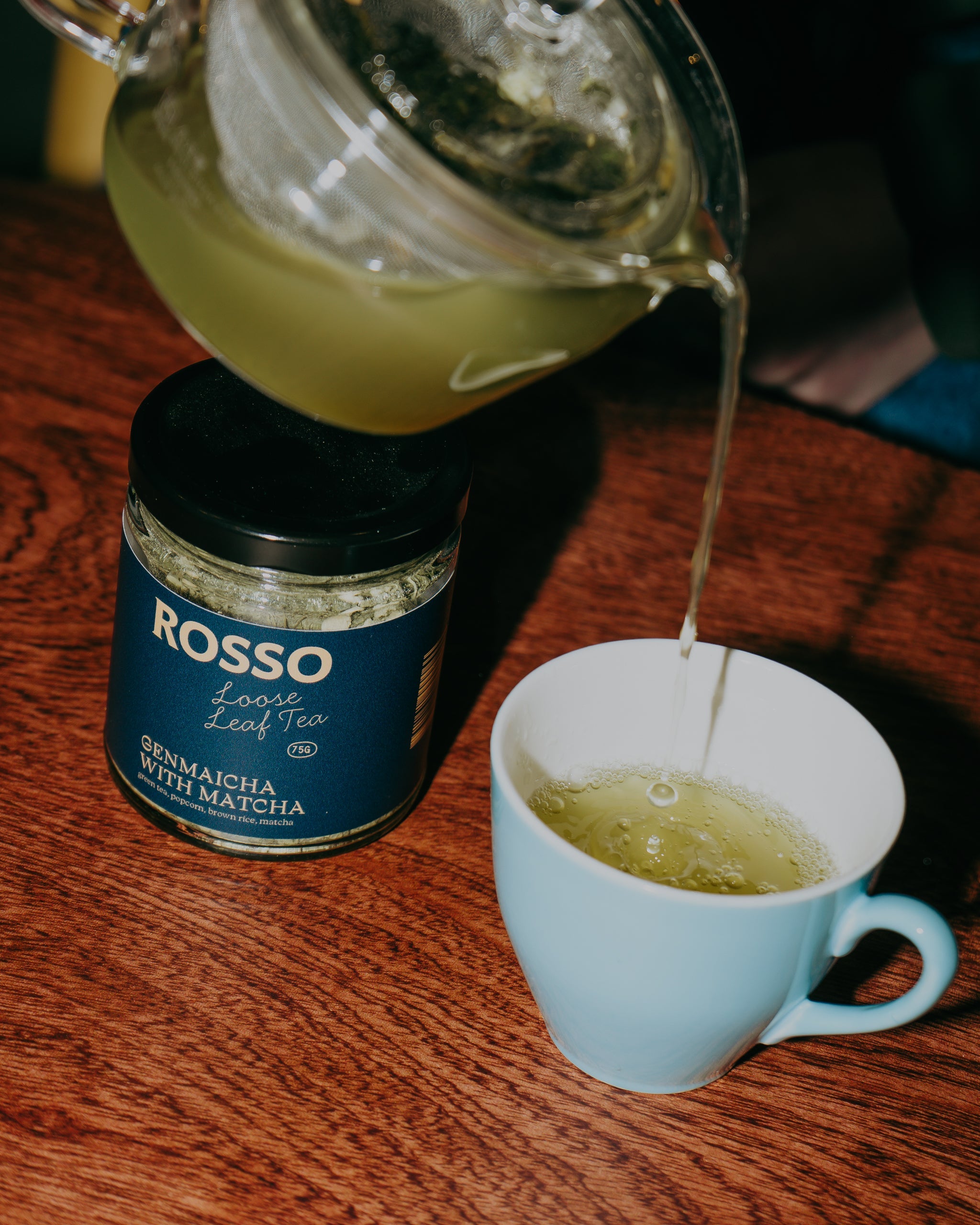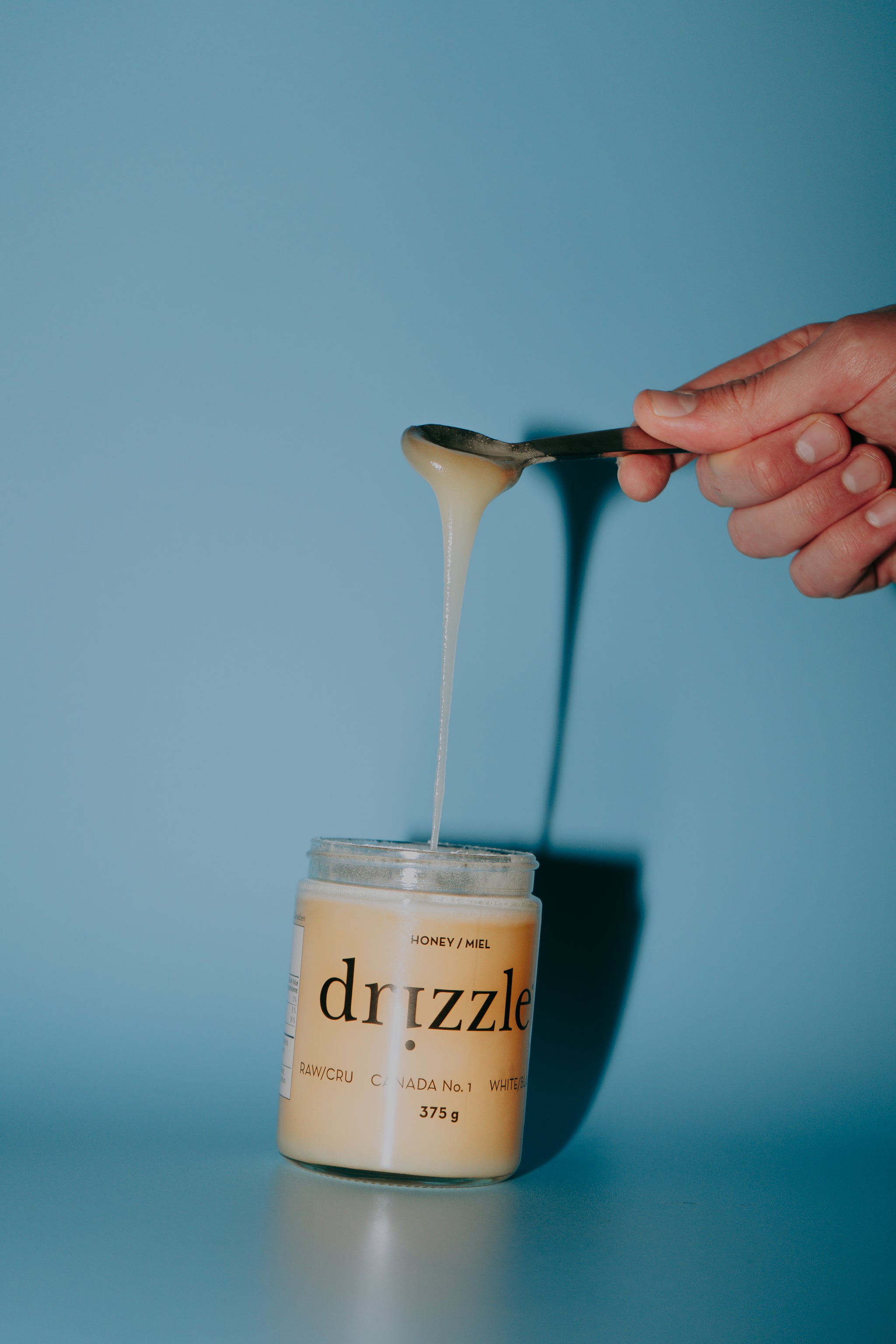About Coffee
The cultivation of coffee trees began in Ethiopia and were subsequently spread around the world. There are now many sub-species that exist through both natural selection and selective breeding. These coffee varieties have inherent traits that make them unique, such as resistance to disease, fruit yield, bean size and taste profiles. These traits are considered by the farmers when deciding which varieties to grow on their land. For example, a high yielding coffee would be considered a desirable quality.

[SL-34 in Greenland Estates, Pyin Oo Lwin, Myanmar, February 2018]
Arabica vs. Robusta
There are two main species of coffee in commercial production, Arabica and Robusta. Arabica represents about 75% of the world's production. Arabica is susceptible to disease. The most prevalent, leaf rust has caused coffee growers to seek out new varieties that have a higher resistance, such as Robusta. Unfortunately the taste quality of Robusta is often uninteresting, overly intense and sometimes woody, making it unsuitable for specialty coffee at this time - an industry being built upon coffees with interesting flavour profiles that don't align with the flavour of "coffee".
Terminology
Variety: a genetically distinct variation of a single species that may have different characteristics in plant structure, leaves or fruit.
Cultivar: same definition as 'variety,' but indicates a genetic variation due to cultivation.
Varietal: refers to a specific instance of a variety. For example, if one farm produces Bourbon, then that is the farm's varietal.
Common Varieties
Ethiopian Heirloom: Most of the coffee grown in Ethiopia are the indigenous heirloom varieties. These have resulted from cross-breeding different species, as well as varieties. This has made coffee from Ethiopia some of the most unique and coveted from around the world. Depending on the coffee process, Ethiopian coffee can have tasting qualities that are floral, tropical fruit, sweet citrus, chocolate and lots of berries. They are generally complex and elegant coffees that hold a special place in the heart of most coffee professionals.
Typica: This is the original variety that was cultivated, with all varietals thought to be mutations or genetic selections of Typica. Generally a lower yielding coffee, but an excellent cup with nice sweetness, cleanliness and smooth body.
Bourbon: A natural variation of Typica, Bourbon was first produced on Reunion Island, located off the coast of Madagascar. It was later spread to the rest of the world. Bourbon has a yield of 20-30% more than the Typica variety and is known for its sweetness, complex acidity and balance in the cup.
Caturra: A high yielding mutation of Bourbon, discovered in Brazil. Cup quality of this coffee increases with elevation, however the yield decreases. This variety is considered a dwarf or semi-dwarf because of its small shrub size, though it makes for much easier picking by hand. Cup characteristics are generally a nice bright acidity, low-medium body and a little less sweetness than Bourbon.
Catimor: There are many different variations of Catimor, a coffee variety that was bred with the intention of having high yields, high resistance to disease and small stature. A hybrid of Caturra and Timor, it is a naturally strong variety due to it's Robusta genetics.
Villasarchi: Named after the town in the West Valley of Costa Rica, where it was discovered. Another dwarf variety that is very high yielding and produces well at high elevations. Cup characteristics are a clean acidity and very fruit forward sweetness.
SL28/SL34: A highly prized variety that typically fetches a high price, selectively bred by Scott Laboratories in Kenya in the 1930's. The beans can be very large, producing a cup with distinct fruit flavour and a nice complexity. SL28 exhibits a better cup, generally, than SL34. Both are very susceptible to leaf rust and grow better at higher elevations. A winey acidity and subtle savoury tone are both discernible features of SL28 and SL34.
Catuai: A high yielding cultivar which originates from Agronomico do Campinas in Brazil in the 50's. It is a mutation of Mundo Novo and Caturra. It has since been cultivated throughout Brazil and in many regions of South and Central America. It's known for lower acid, high sweetness and high body in the cup.
Gesha/Geisha: Originating from the town of Gesha, Ethiopia, this variety is known for having a long and skinny shaped bean. This bean has an incredibly complex flavour profile that's often dominated by florals, citruses and high sweetness. The variety is known as Gesha or Geisha, depending on where it's been planted and how the relative culture has adapted the word. Most coffee professionals will go by Gesha, as it's the name of the town originally discovered. This variety has fetched the record for price paid per pound of green coffee at 803 USD.
Sidra: A cross mutation between Bourbon and Typica, said to have originated in Ecuador. The flavour profile generally falls into high sweetness, crisp acidity and velvety body. In 2018, we finished 5th in the World Barista Championship using a Sidra and a Gesha from La Palma y El Tucan, a legendary coffee farm in Colombia.
Processing
When the coffee cherry is ripe and ready for harvest, a coffee producer will collect the fruit and bring it to a central location to process and dry the coffee. Inside each coffee cherry, there are two seeds. These seeds will be dried and, ultimately, roasted, becoming coffee as we know it.
In the world of coffee processing, there are many different techniques used to manipulate the flavour profile of each batch of coffee. Dependent on the micro-climate of a coffee farm, producers might choose to focus on a certain processing technique that works better or is easier to execute well. Here are a few commonly known techniques and how they affect flavour:
Natural: this is the easiest of the processing techniques to wrap the head around. The cherry is harvested and laid to dry. The juicy sugars and mucilage inside the cherry will be absorbed into the seeds as the cherry dries. This will lead to sweet, fruit forward coffees that generally have a more syrupy mouthfeel.
Honey: a honey processed coffee is pulped, meaning the cherry is spliced open and the mucilage inside is exposed. Rather than cleaning it all off the seeds using water to rinse, the coffee is brought to dry covered in this mucilage. This will lead to increased sweetness with jammy or honey-like body.
Washed: coffees that focus on flavour clarity and varietal characteristics. Washed coffees are pulped, left to ferment with the mucilage intact anywhere from 6 hours to 100+ hours. What happens in the fermentation process is sugars are eaten by naturally occurring yeasts and converted into acidic compounds. After fermentation, these coffees will be completely washed with water, leaving just the seeds to dry.
